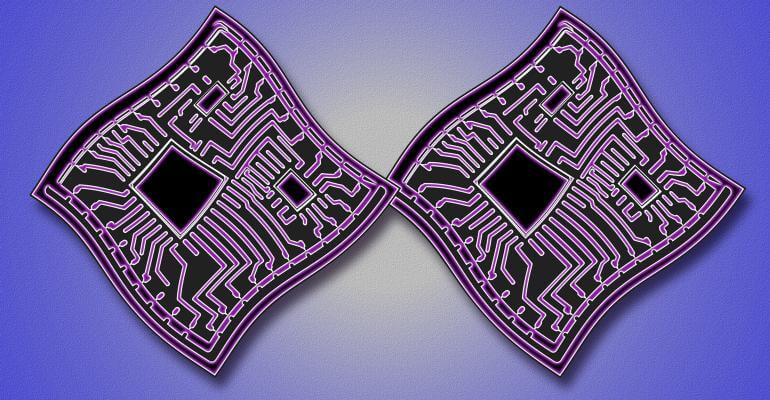DESIGNING WITH ULTRA-THIN, FLEXIBLE PRINTED CIRCUIT BOARDS
Space savings, greater reliability, low mass, and high ductility are some of the advantages offered by flexible PCBs, but designers must also prepare for their complexity.
Printed-circuit-board (PCB) substrate material, like FR-4 glass epoxy, is a poor conductor of heat. Conversely, copper is an excellent conductor of heat. So, more copper area on a PCB is ideal from a thermal-management perspective.
Therefore, it’s very important to create a mechanical model of the PCB and test it for a proper fit, before taking up the electrical design. This would also involve testing the ergonomics of the installation, any misalignments, and servicing. In addition, it necessitates that designers understand the different types of flex circuits available and the way they work.



